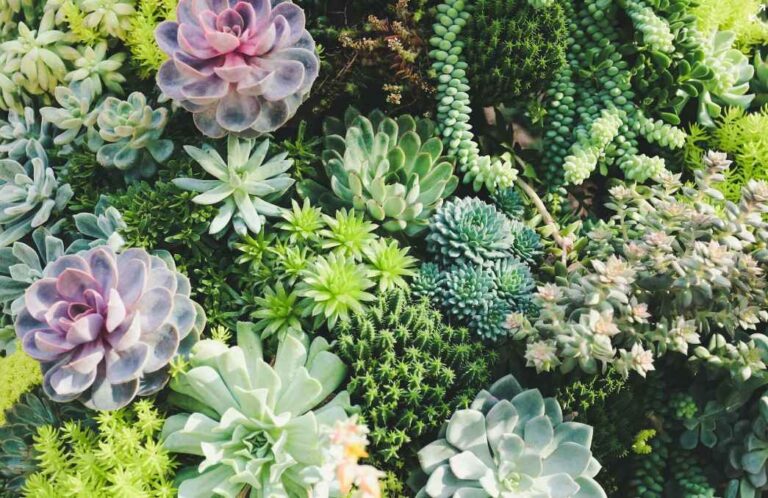Due to climate change, as well as the careless management of supplies, drought is a problem that affects everyone, without exception. And the fact of hearing about a water emergency already in spring cannot help but clash with the desire of many to prepare the garden: a corner of greenery and nature, which however requires a considerable quantity of water available for irrigation.
How to guarantee water saving and, at the same time, create the garden? There is no shortage of techniques to use in this sense, starting with that of the dry garden. Let’s see what it is and how to avoid wasting water in gardening work.
Table of Contents
What is the dry garden?
A dry garden is a garden that requires little water. So it is possible to look at the dry garden as a resilient solution to climate change and the increasingly frequent droughts that are also affecting our latitudes.
At the basis of this philosophy there is therefore the objective of creating an almost completely self-sufficient ecosystem, which requires little water through the intelligent construction of the garden, the careful choice of plants and the parsimonious use of this precious resource.
How to make a dry garden
To have a dry garden it is necessary to approach the construction of the garden taking into account water saving from every point of view. So we will start by choosing plants that by their nature require little water, and which do not have major problems resisting high temperatures and the sun.
It is therefore not surprising that perennial herbaceous plants are often chosen to create dry garden beds. It will then be necessary to prepare the soil so that it can guarantee the right level of drainage, enriching it with natural organic substances and possibly with ad hoc elements to retain water and nutrients, such as zeolite grains.
And again, it is a good idea to plan irrigation intelligently, opting for sub-irrigation, which allows you to bring the water directly where it is needed, i.e. to the roots of the plants, without any waste.
How to avoid wasting water in the garden
As we have seen, designing a dry garden represents the ideal solution for gardening without wasting water. Once a project of this type has been started, saving water becomes easier, knowing that the demand for water is very reduced and decidedly infrequent.
To further reduce water waste, it will be a good idea to remember to carry out the few necessary irrigations only in the early morning, while to reduce evaporation it may be useful to resort to mulching, using compost or gravel to prevent the sun’s rays from they hit the ground directly.
Using these techniques, starting from the dry garden approach, it is possible to save up to 80% of water compared to that required by a classic garden with traditional flowerbeds and lawns.
Read also: Why is urban gardening essential to fight climate change












